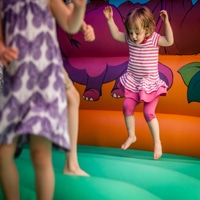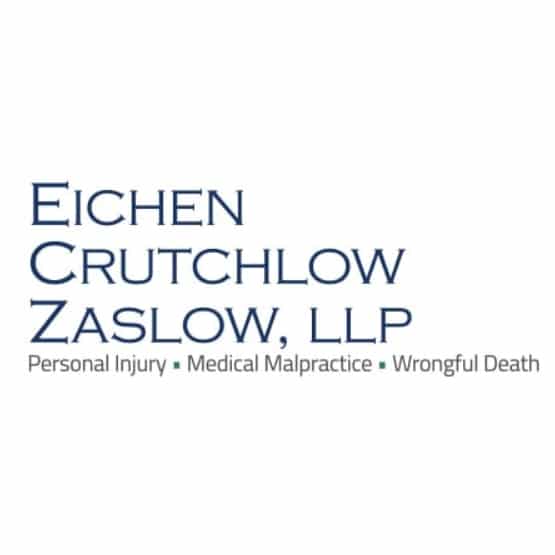Bounce-House Injuries
 The Consumer Product Safety Commission (CPSC) reports that over 80,000 children were injured in inflatable amusement structures between 2008 and 2013 with 90 percent of the reported injuries directly related to bounce houses. The Journal of Pediatrics recently confirmed these safety concerns when they reported that one child was injured every 46 seconds in a bounce house accident in the year 2010 alone.
The Consumer Product Safety Commission (CPSC) reports that over 80,000 children were injured in inflatable amusement structures between 2008 and 2013 with 90 percent of the reported injuries directly related to bounce houses. The Journal of Pediatrics recently confirmed these safety concerns when they reported that one child was injured every 46 seconds in a bounce house accident in the year 2010 alone.
The bounce house industry has experienced tremendous growth over the past decade, expanding their product line to include models suitable for at-home birthday parties and backyard playground equipment. The industry lacks national safety standards and is therefore free to design their equipment based on self imposed industry standards. This can be a dangerous business when injuries result when unsuspecting parents believe the structures offer harmless fun.
Most of the injuries related to bounce houses have been broken bones, cuts, scrapes, and bruises. However, recent accident reports show the potential for more serious head and neck injuries. Recent reports of bounce houses becoming airborne and tumbling over before coming to rest cast a new light on the safety issues relating to these inflatables. Safety experts are cautioning parents to be vigilant.
Keeping Children Safe in Bounce Houses
It doesn’t seem likely that bounce houses will disappear from the market anytime soon, so parents are advised to be proactive in protecting their children when allowing them to use one of these structures. Child safety advocates and medical professionals offer several ways to ensure a safe experience.
The number of children using the bounce house at one time needs to be limited to one or two children, preferably of the same age or height and weight. Collisions in bounce houses are responsible for most injuries, so limiting the number and size of those in the structure at one time can help ensure safety.
Children under six years of age should not be permitted in a bounce house since one-third of all injuries reported involved children under six. Activities within the bounce house should be limited to bouncing only and not involve other calisthenics such as flipping or somersaults. Make sure the area surrounding the bounce house is free from debris, trees, and other hard surfaces to prevent injuries if the structure falls over or leans too far. Parents need to make sure the inflatable is secured tightly and refrain from allowing their children to go into a bounce house on extremely windy days.
Injuries can also occur when children are getting in and out of the bounce houses. Parents and adults supervising the activities need to help children in and out of the structure, ensuring that they proceed one at a time. Deflation can also cause injuries when children become trapped inside or fall to the ground when air suddenly escapes. Adults should ensure that all children have exited the structure before deflating it.
New Jersey Personal Injury Lawyers at Eichen Crutchlow Zaslow, LLP Help Victims Injured by Amusements
If you or someone you love has been injured in an amusement accident, the experienced New Jersey personal injury lawyers at Eichen Crutchlow Zaslow, LLP can help you claim the compensation you may be entitled to receive. Call us at 732-777-0100, or contact us online to schedule a consultation today. Our offices are in Red Bank, Edison, and Toms River, New Jersey, and we serve clients throughout the state.

Eichen Crutchlow Zaslow, LLP has purposely remained small in size, because it is important to us that we get to know our clients and their needs. Larger NJ injury firms may churn out case after case, but that’s not how we operate. Partners Barry Eichen, William Crutchlow, and Daryl Zaslow have created a firm with the resources to handle complex litigation, and a team that takes your case personally.
Find out more about Eichen Crutchlow Zaslow, LLP
